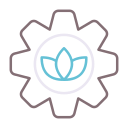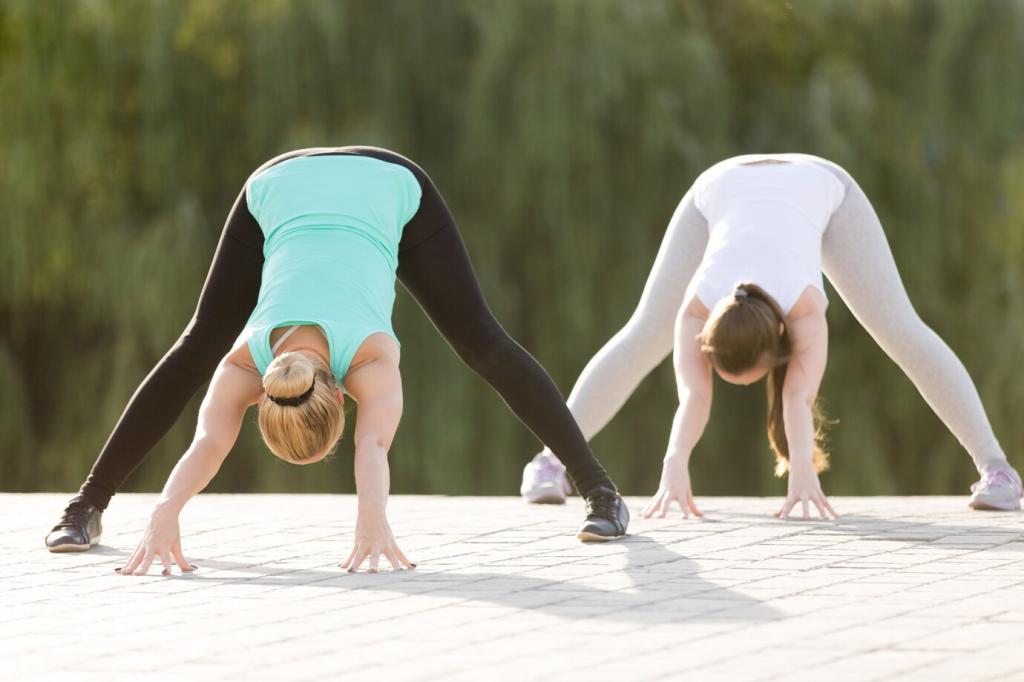Why Yoga Excels at Flexibility and Mobility
Slow, diaphragmatic breathing lowers nervous system threat, softening protective tension around joints. With exhalation-led movement, tissues relax, allowing safer depth and smoother transitions between ranges without strain.
Why Yoga Excels at Flexibility and Mobility
Gentle, sustained holds invite fascia to remodel and glide. Combined with mindful hydration and heat, fibroblasts respond, reducing stiffness while improving elastic recoil that supports dynamic mobility in everyday tasks.

